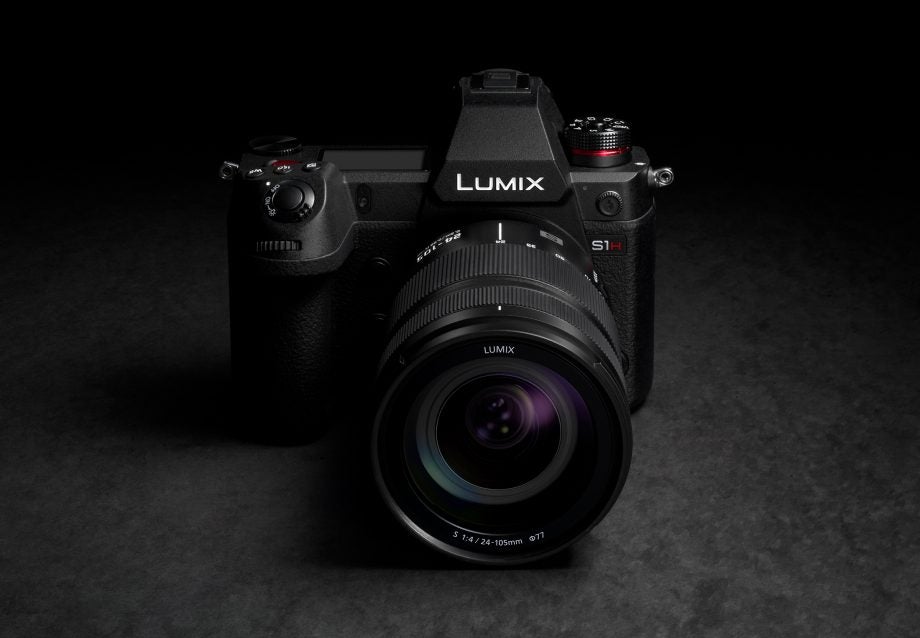The Panasonic S1H is the 6K video monster of mirrorless cameras

If you didn’t find Panasonic’s S1 and S1R cameras to be quite talented enough in the video department, it’s got a new full-frame movie maker for you – the Panasonic S1H.
The S1H’s claim to fame is that it’s the first mirrorless camera capable of shooting in 6K, making it the S Series equivalent of the Panasonic GH5, another of its video-centric cameras which instead has a smaller Four Thirds sensor.
Impressively, the S1H can shoot 6K video at 24p (with a 3:2 aspect ratio) and is also the first mirrorless camera that can shoot 10-bit 4K video at 60fps. There’s also no limit on how long you can record video for, with the S1H managing to stay at certified operating temperatures whatever mode you’re shooting in, making it ideal for pros.
Like the GH5 and GH5S, the S1H can also record in V-Log and V-Gamut, a flat profile that promises up to 14 stops of dynamic range.
When it comes to lenses, the Panasonic S1H will be compatible with the same L-Mount glass as the S1 and S1R. So far there are three available for the L-Mount – the Lumix S Pro 50mm f/1.4, Lumix S Pro 70-200mm f/4 OIS and Lumix S 24-105mm f/4 Macro OIS.
But there are a lot more en route, with Leica and Sigma planning to add to the collection this year, and Panasonic confirming that it’s going to release three more of its own lenses in 2019 –
A 24-70mm f/2.8, 70-200mm f/2.8 and 16-35mm f/4 lens. In total, there should apparently be 42 lenses available for the system by the end of 2020.
The only downside is that the Panasonic S1H isn’t going to be available for summer filming this year – it’s going on sale in Autumn 2019 for $4,000 in the US, with pricing for the UK yet to be confirmed.


